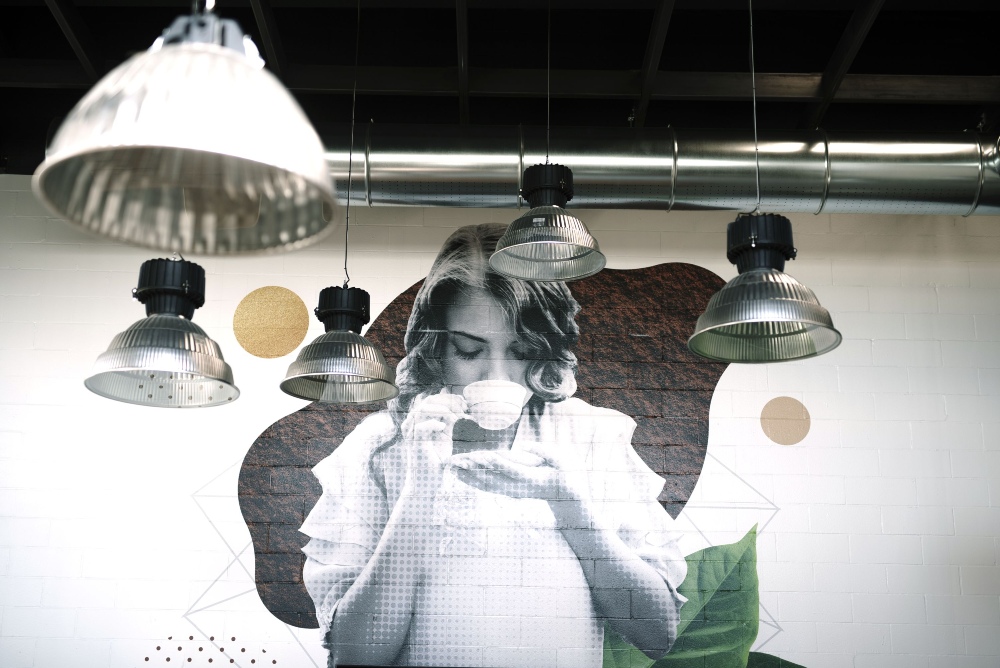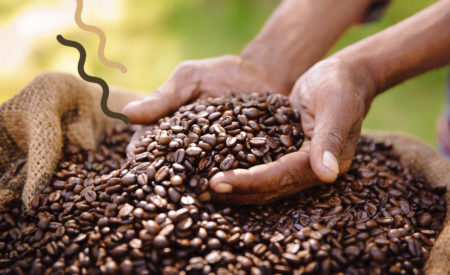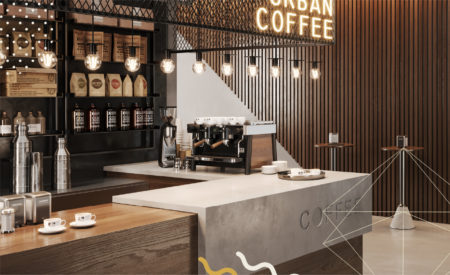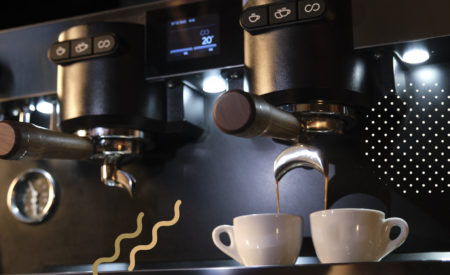We’ve all at least once seen a sommelier taste a wine and comment on its characteristics, whether on TV, at a cinema or in person, but coffee? Not so much, if not at all.
However, like any other food or beverage, coffee too is subject to taste tests, which are an integral part of the industry. In this case, a professional coffee tasting takes the name of ‘cupping’ – keep reading to know about what it entails.
What is a coffee cupping?
It’s the name of a protocol where an expert tastes, evaluates, and compares the flavor, quality, and potential of a given coffee using a standardized scale.
What is the purpose of coffee cupping?
It is a form of quality control as the outcome of such test is to assess the characteristics of a particular coffee, so that it can be sold accordingly by distributors. It also prevents bad batches to hit the market. Not only that, but it also makes the analysis objective and comparable, so that it can always be a reference.
Why is coffee cupping important?
Coffee cupping helps both sides of the supply chain: farmers and roasters can know if their work resulted in a good product, and distributors have the information they need to pick and choose which product to buy based on their clientele.
Is a coffee tasting the same as a coffee cupping?
No, coffee cupping is a standardized test that coffee traders employ for business purposes. Coffee tastings, like the many workshops cafés offer nowadays, are way less structured and focus less on bean quality and more on the brewed cup. They both use a similar lingo, and you’re absolutely free to try your hand at coffee cupping, but it’ll become evident as you keep reading why most coffee tastings, even if led by an expert, are different from coffee cupping.
Coffee cupping basics
As we mentioned above, coffee cupping is a standardized test and most people use the Specialty Coffee Association’s forms for their evaluation, because their guidelines are widely accepted by the industry.
For the best results, one should proceed with scientific rigor throughout the test and the first thing you’ll need to conduct an assessment is the right equipment: a scale, a grinder, water, kettles, cups or bowls, spoons, a timer, towels, pencils and cupping forms, spittoons, and a wide surface. The preparation of the samples is next on the list. The grinder should be cleaned of any residue and each sample should be ground separately, according to the quantity specified in the chosen form.
Now you’re all set for the actual tasting to begin. The next stage of cupping can be divided in 4 parts:
1. The expert smells the aroma of the dry ground coffee samples in a cup.
2. Hot water is poured into the cups and left to steep for 4 minutes. The expert smells the cup again to note down any changes in the aroma.
3. The expert then pushes the coffee grounds to the bottom with a spoon 3 times, with a sweeping downward motion, in order to release the aromas, rinsing or changing the spoon between cups to avoid contamination.
4. Using two spoons, the expert skims the top layer (to avoid drinking the coffee grounds) then scoops up a small quantity of liquid, slurps it, then spits it out.
Through these stages, the expert fills in a form that is then used for all the purposes listed above.
